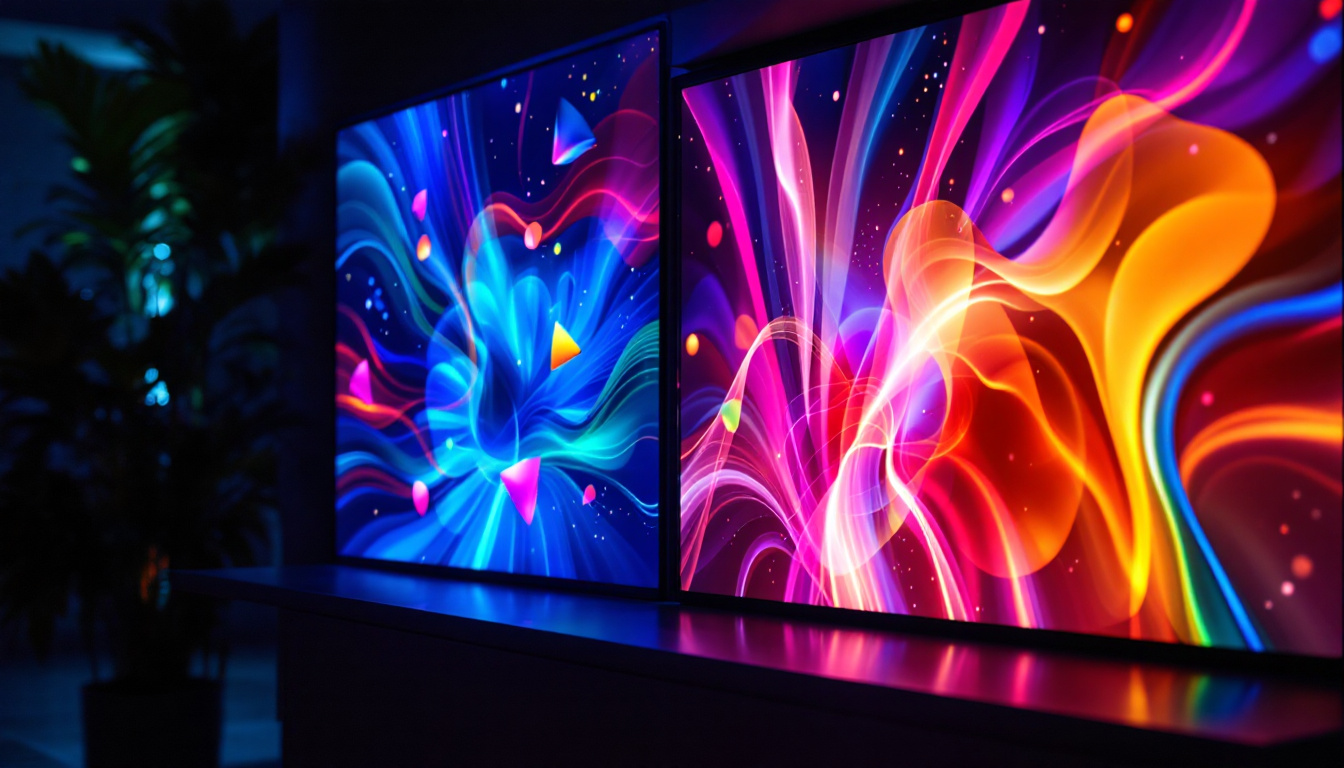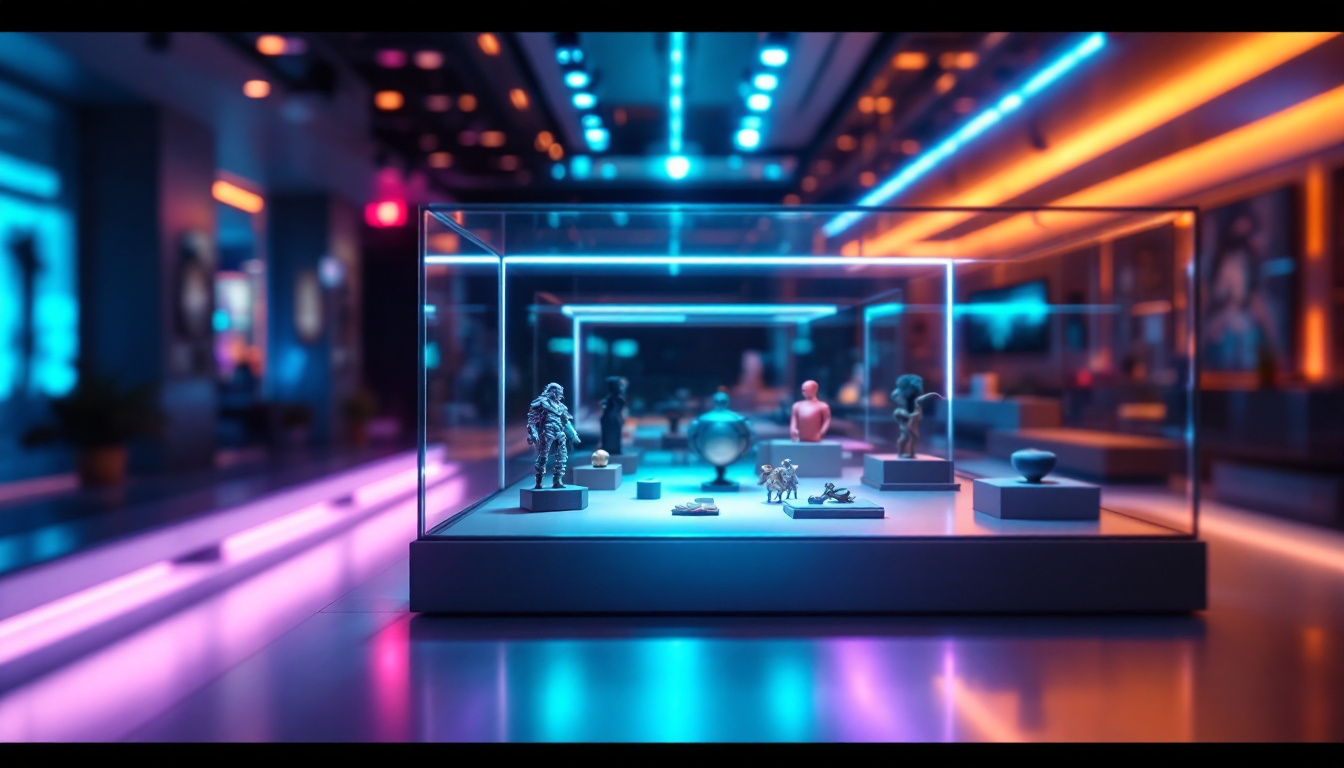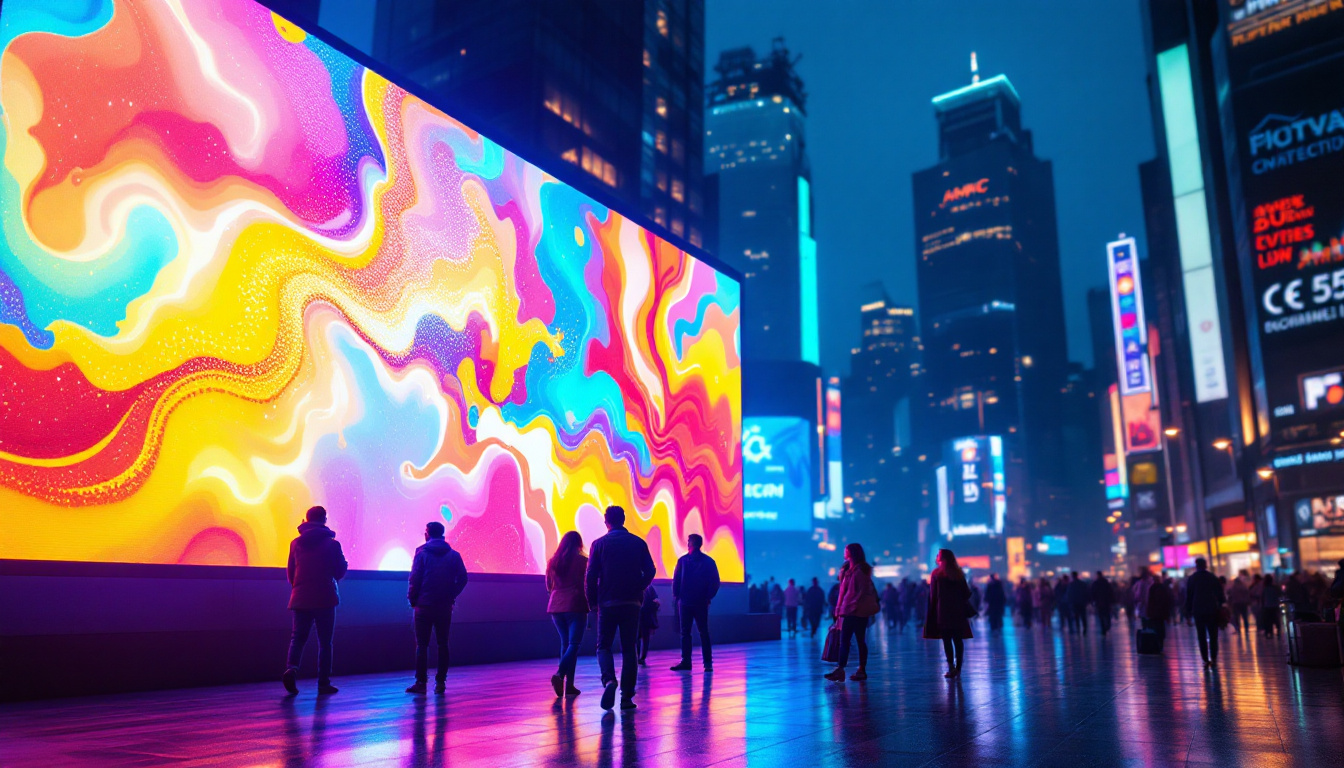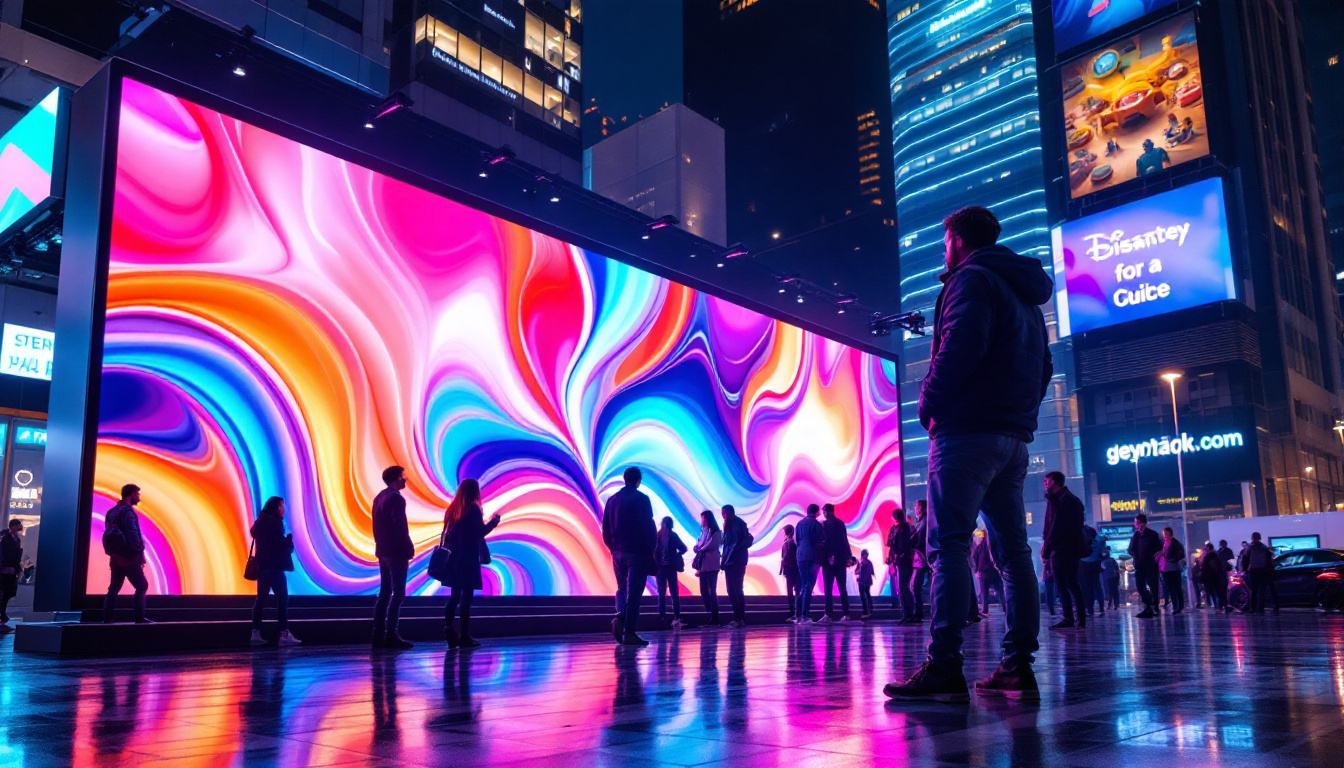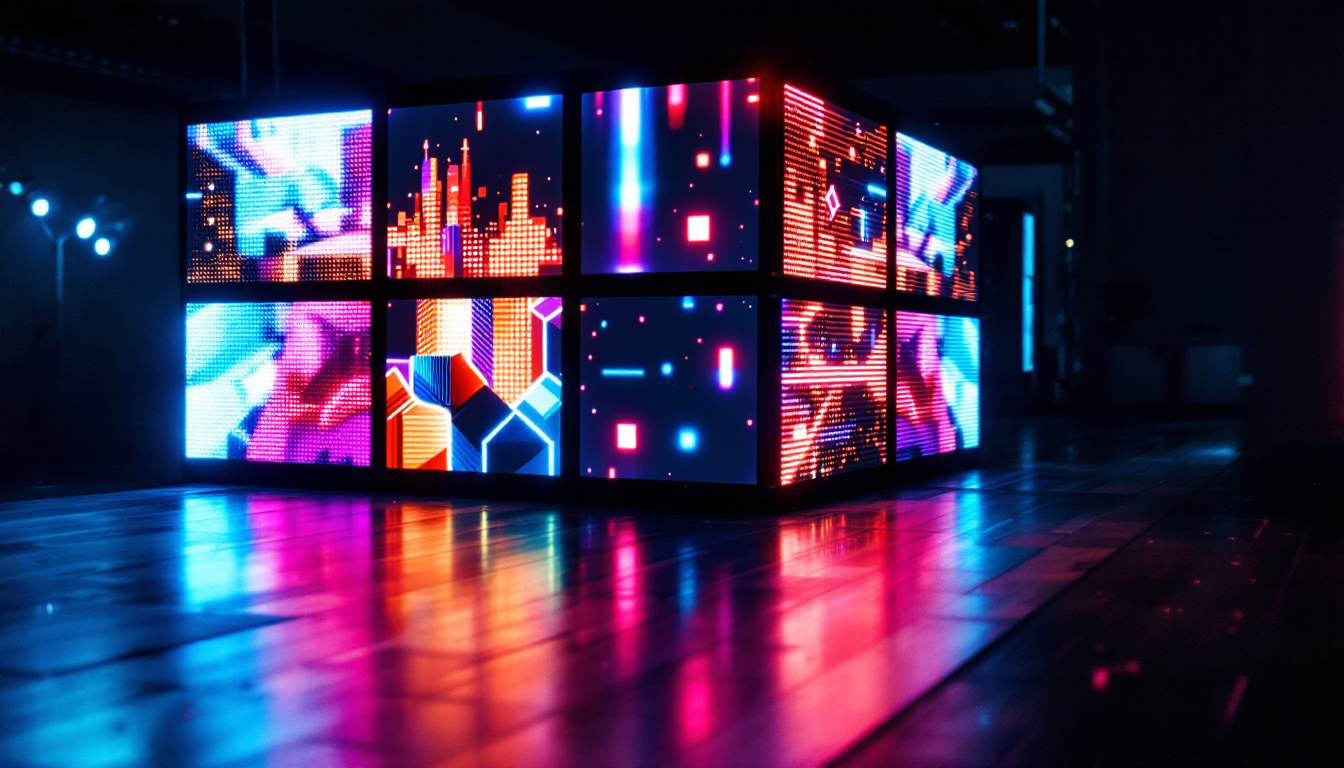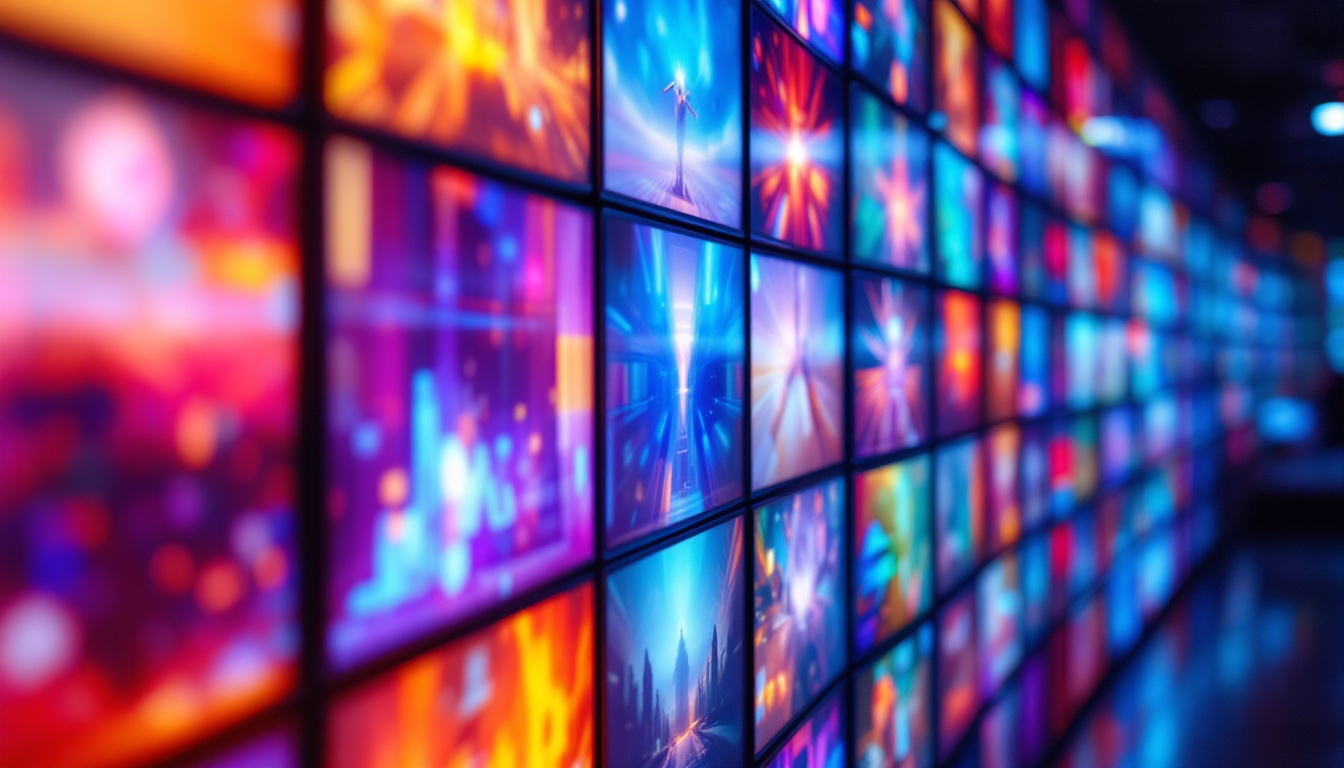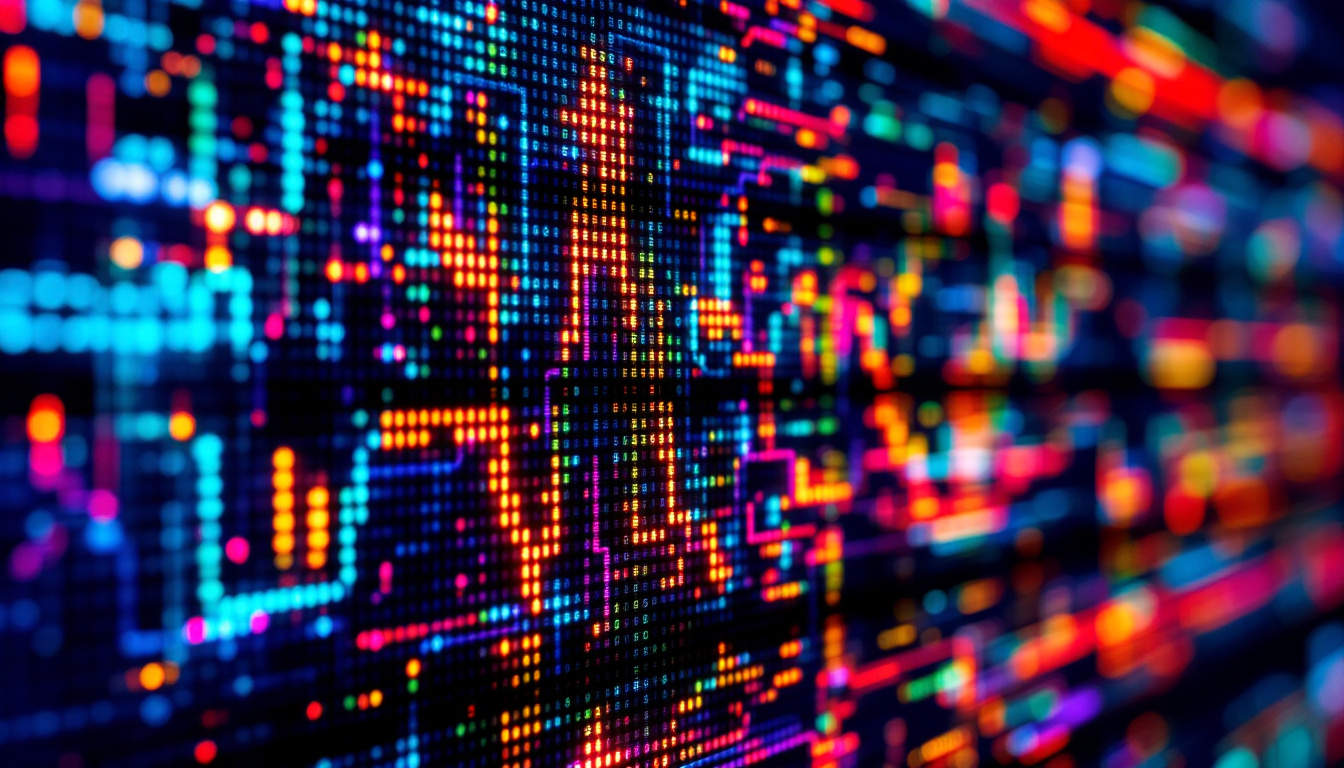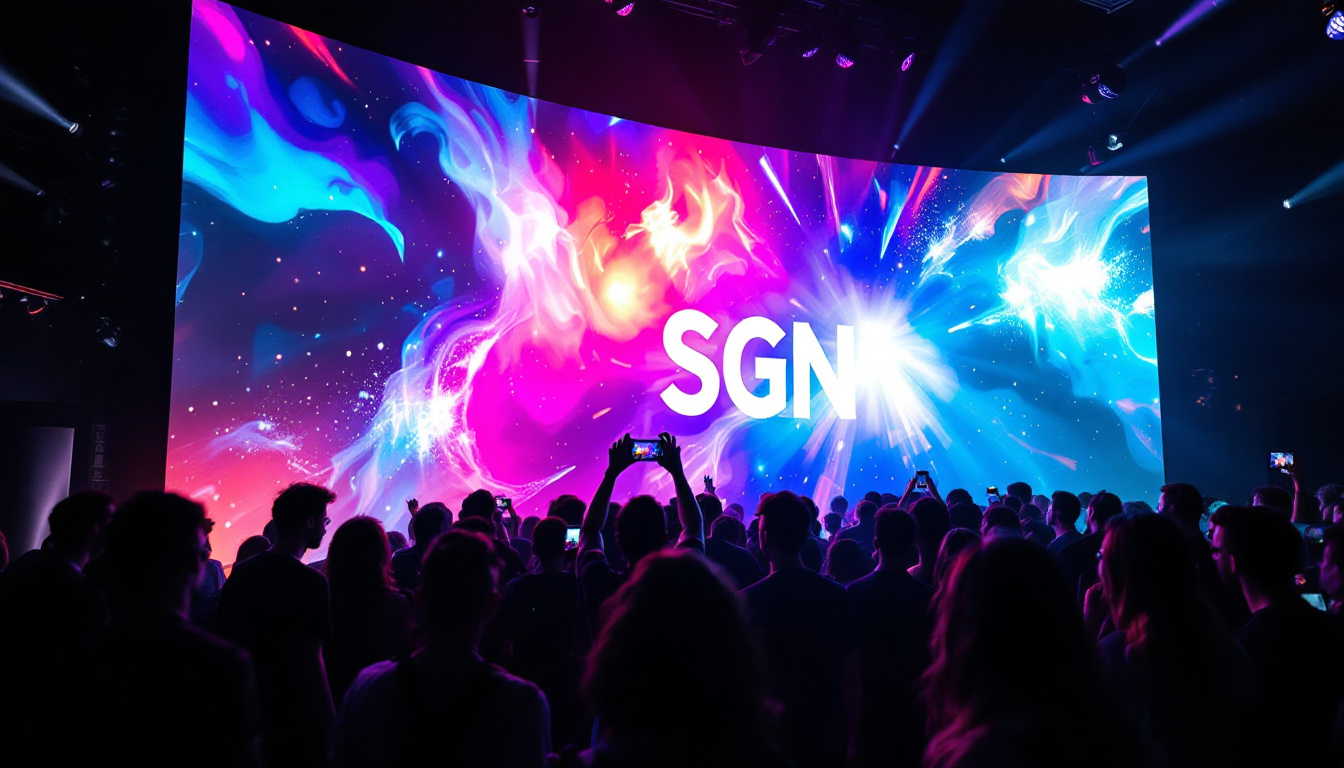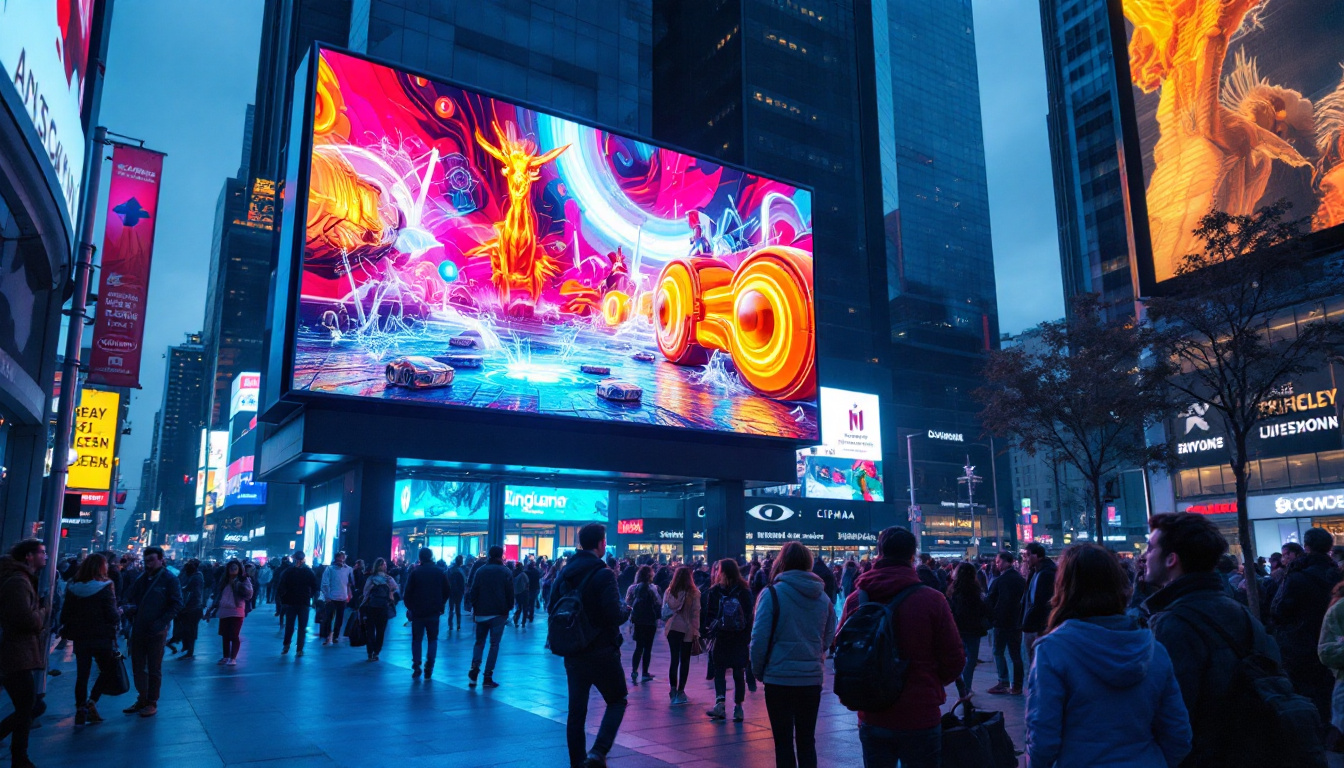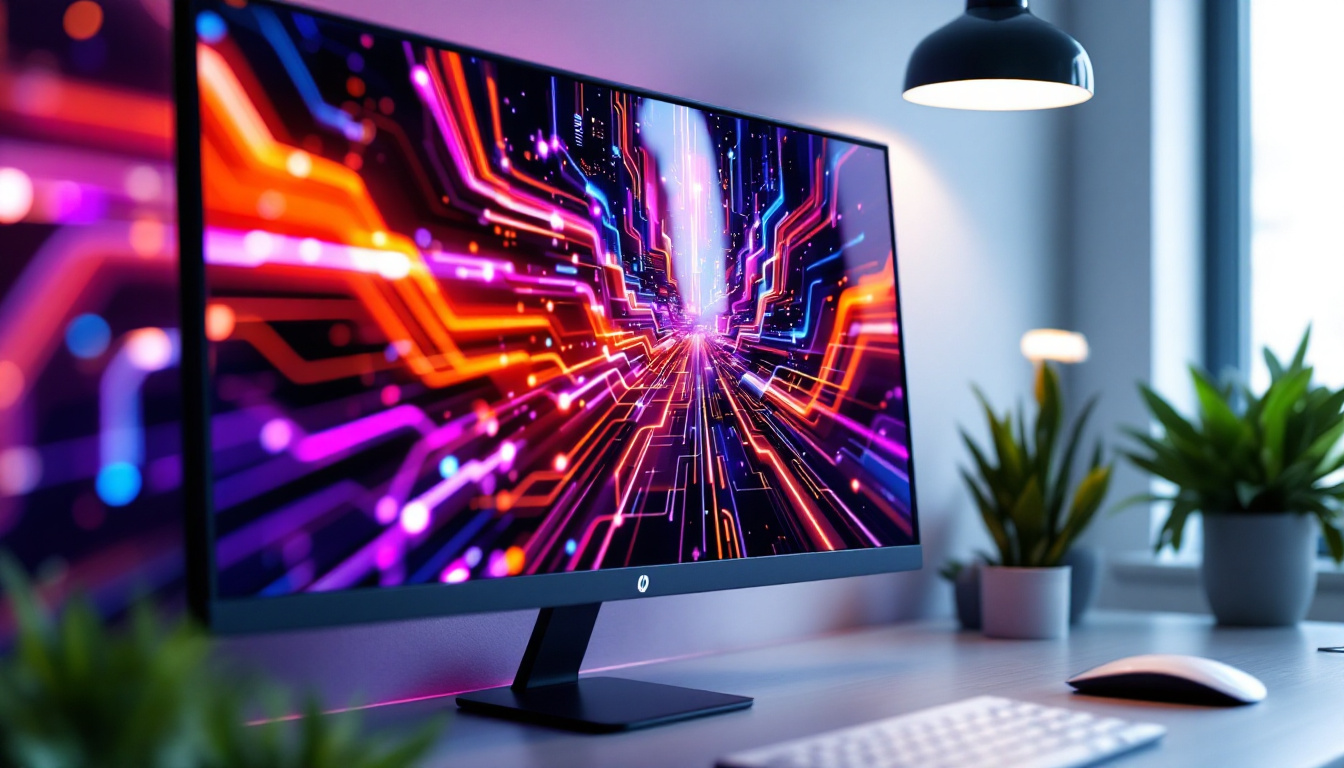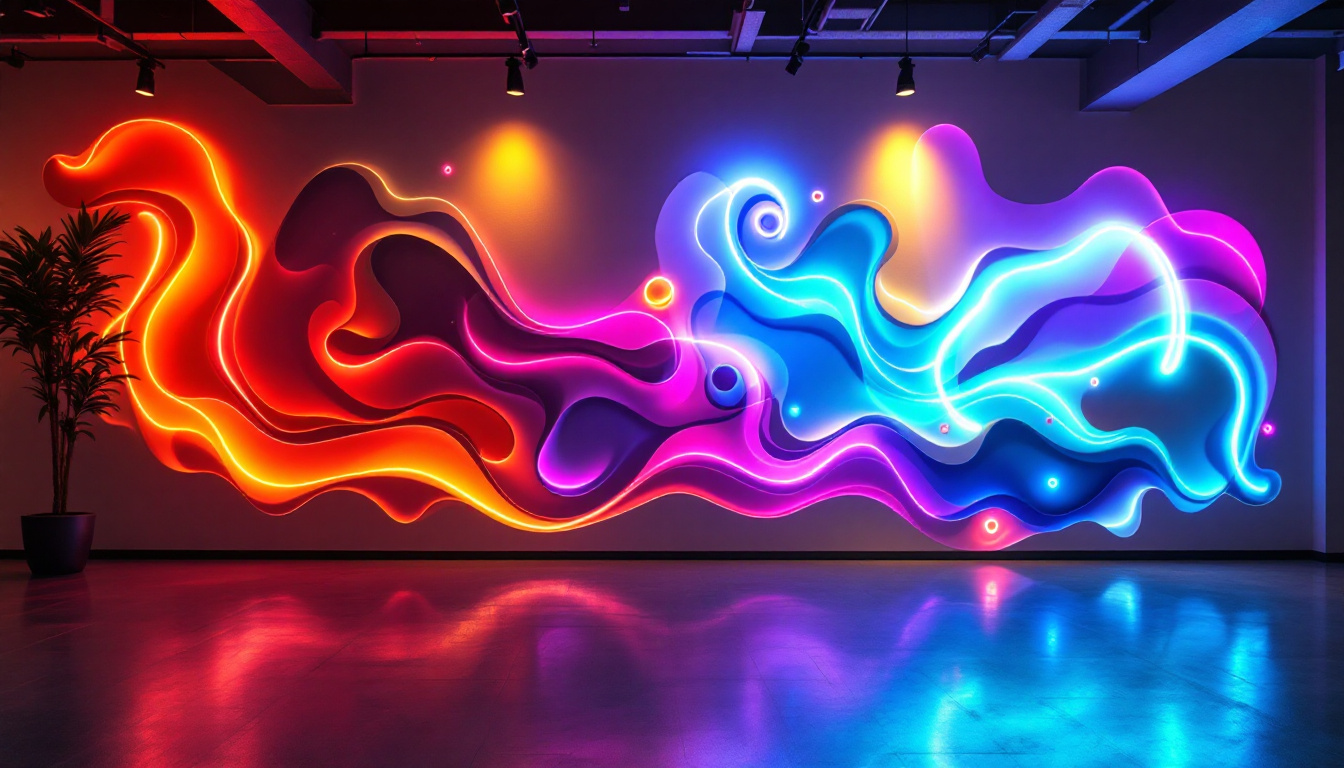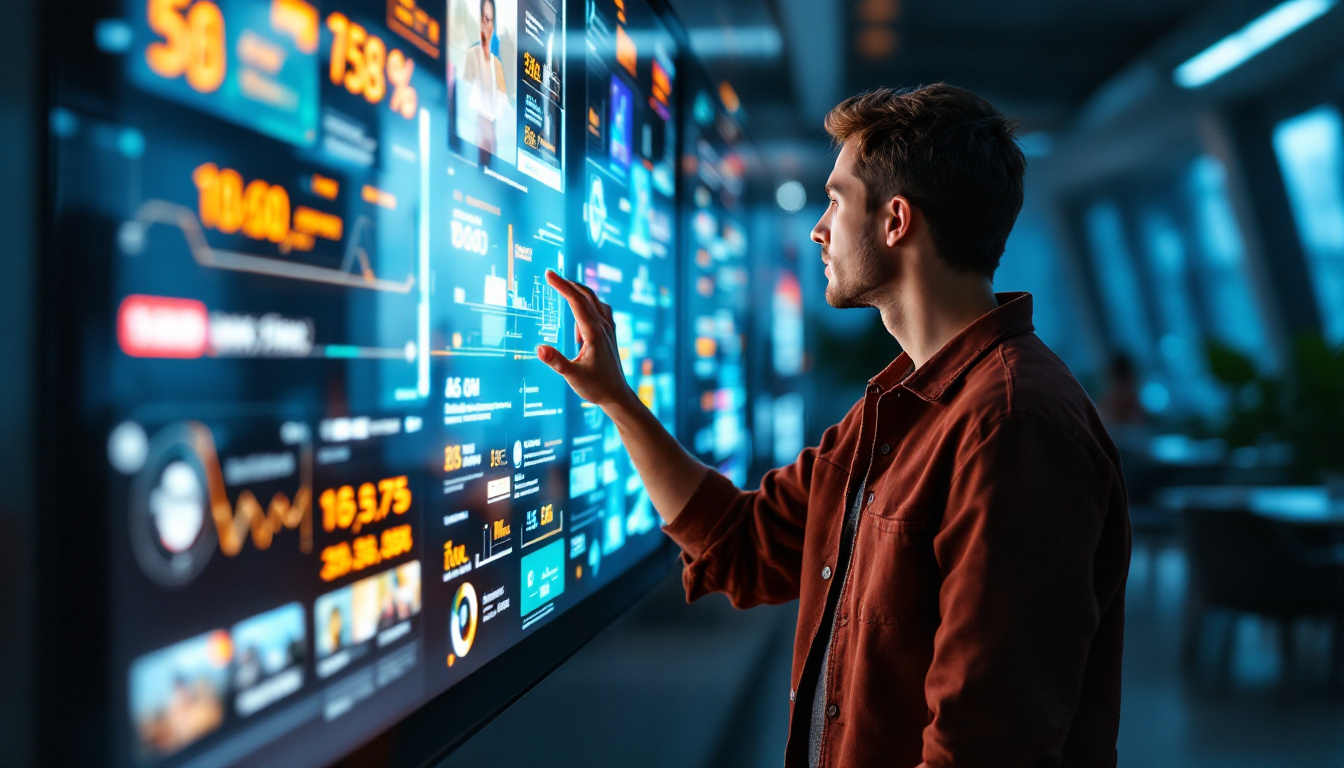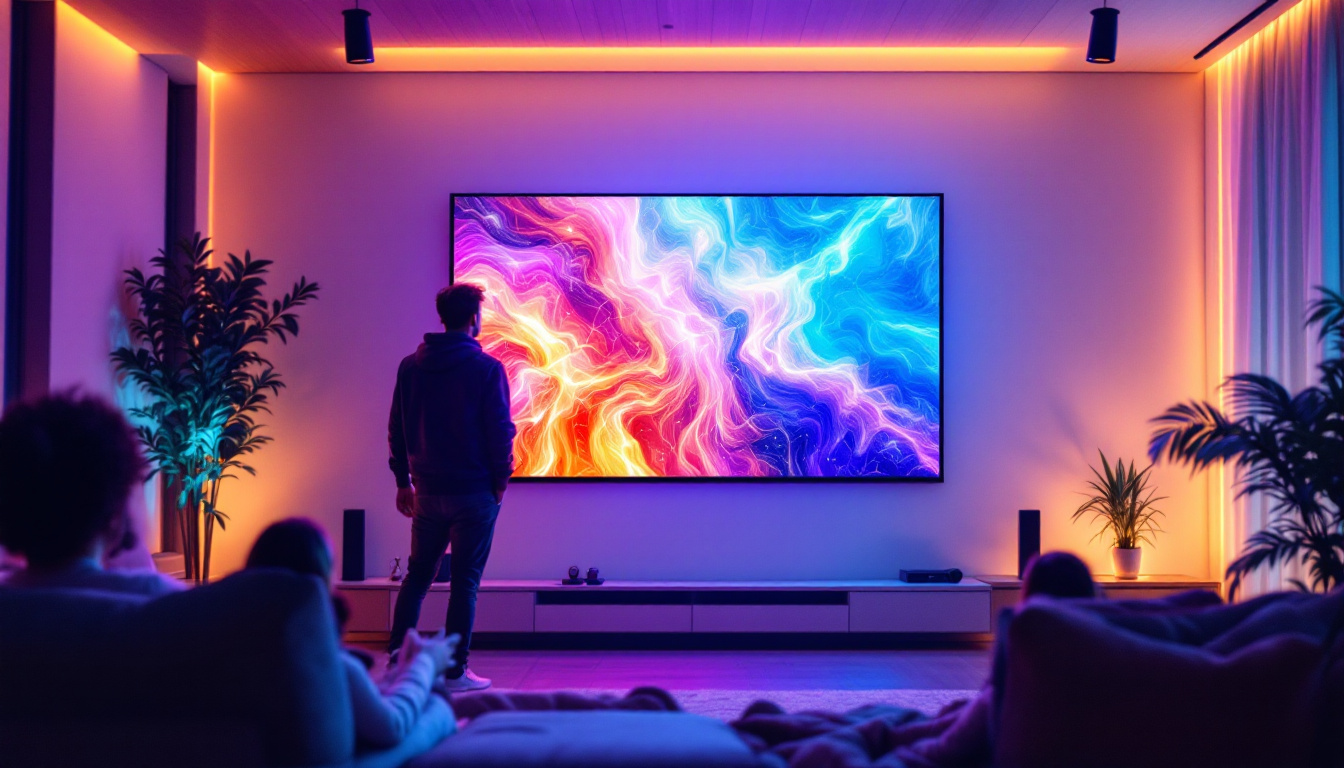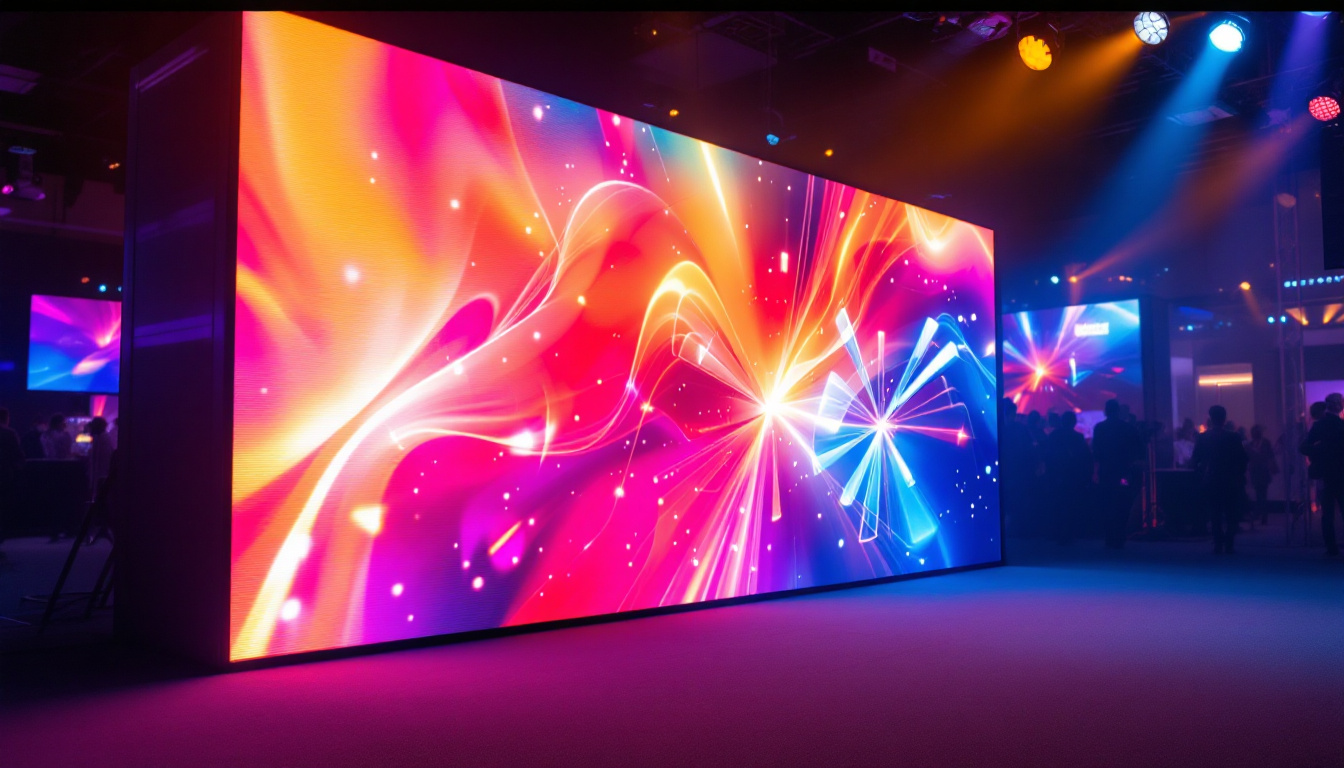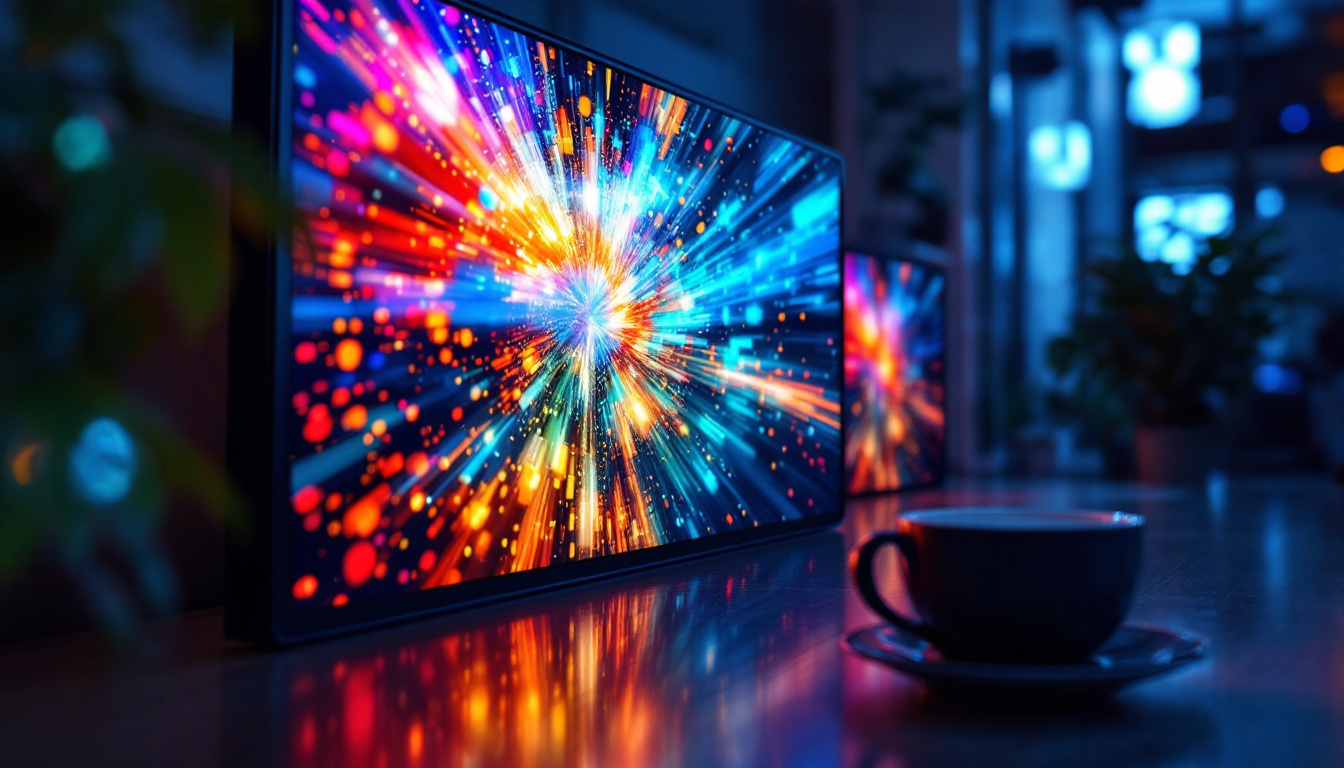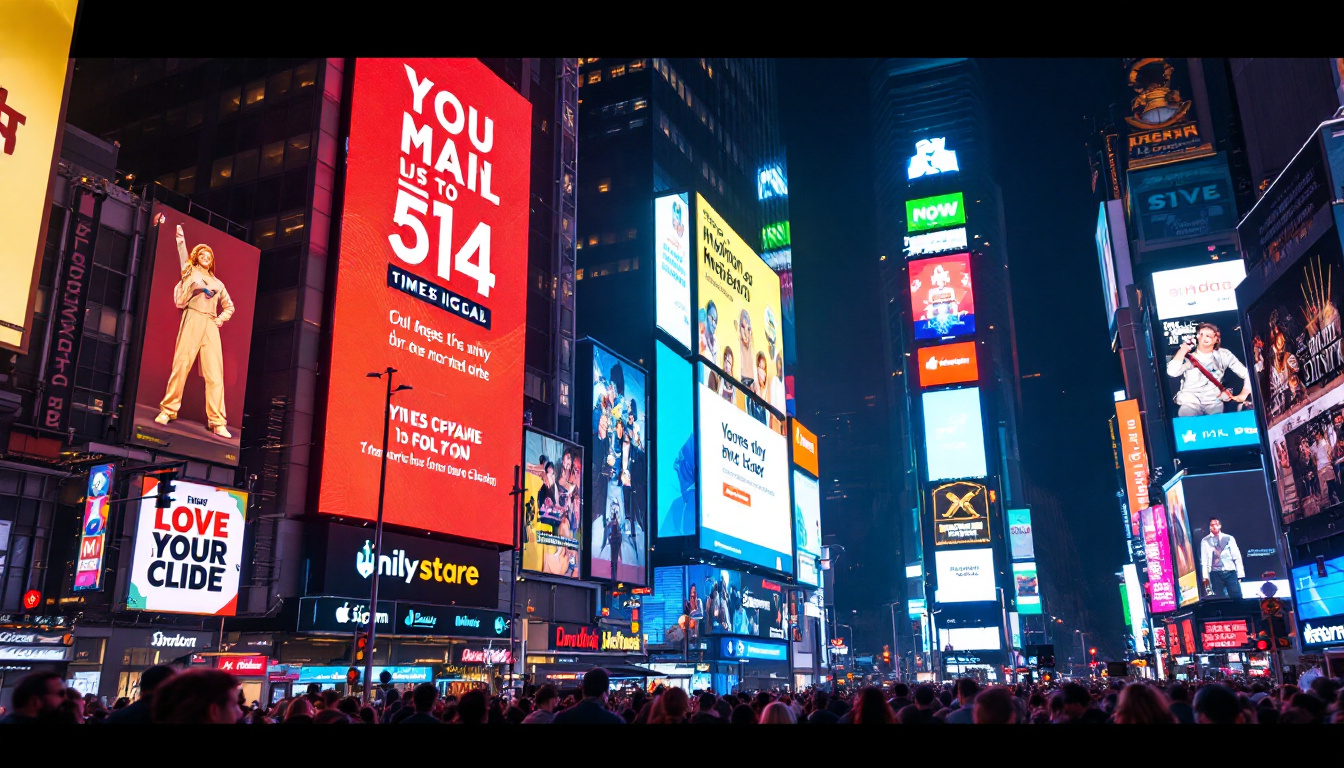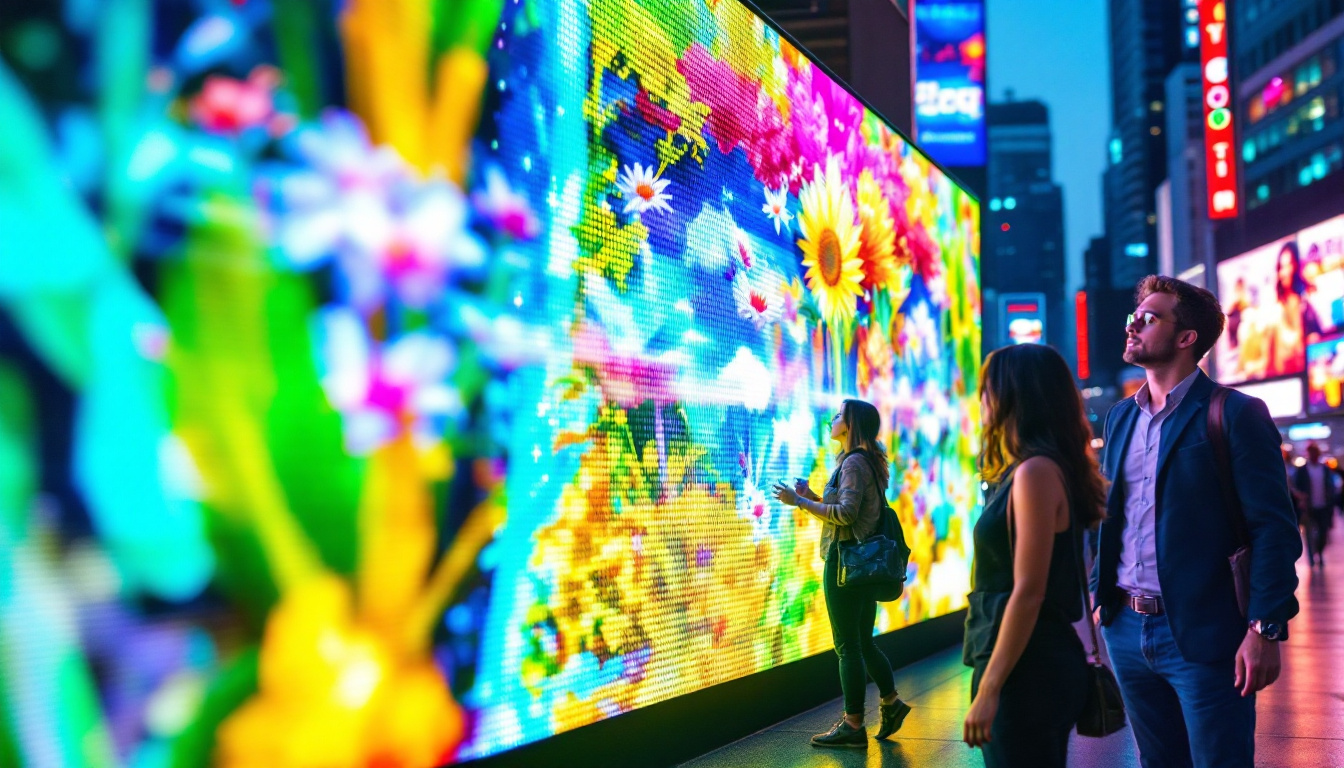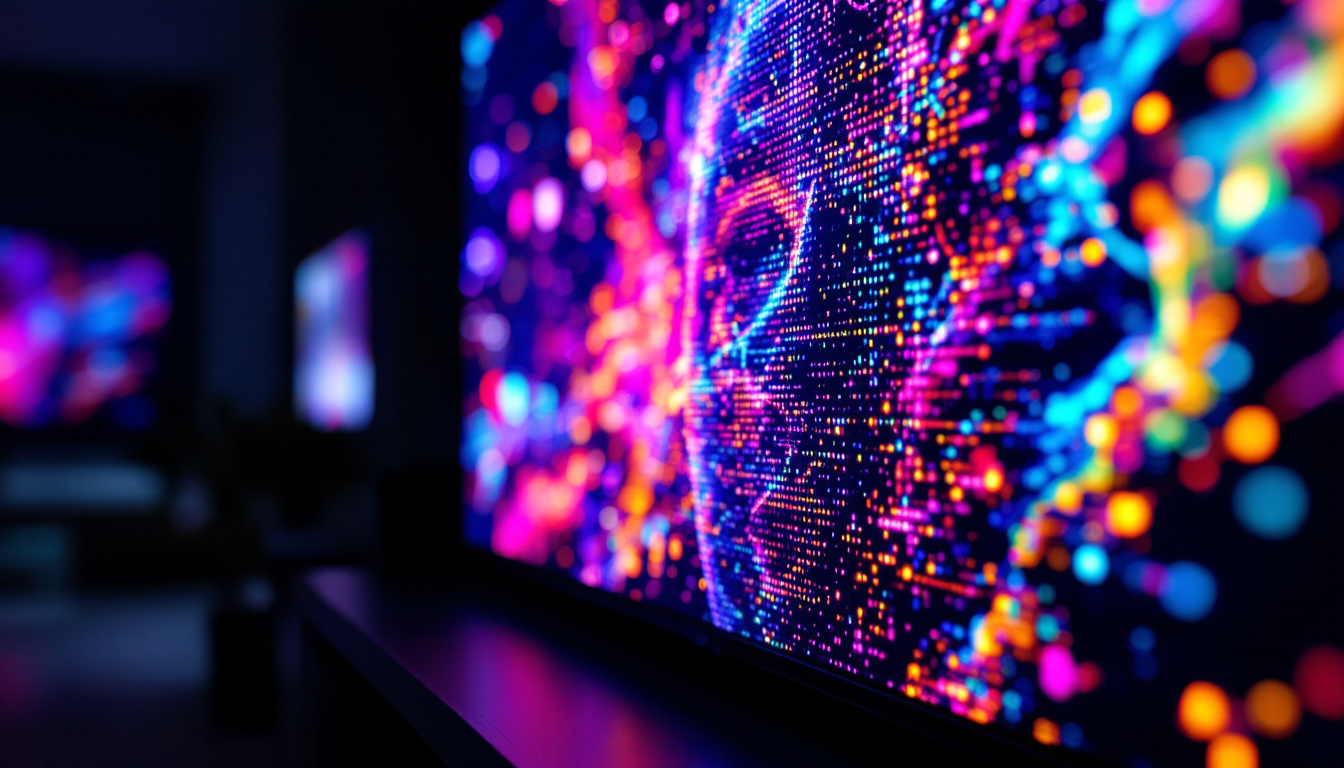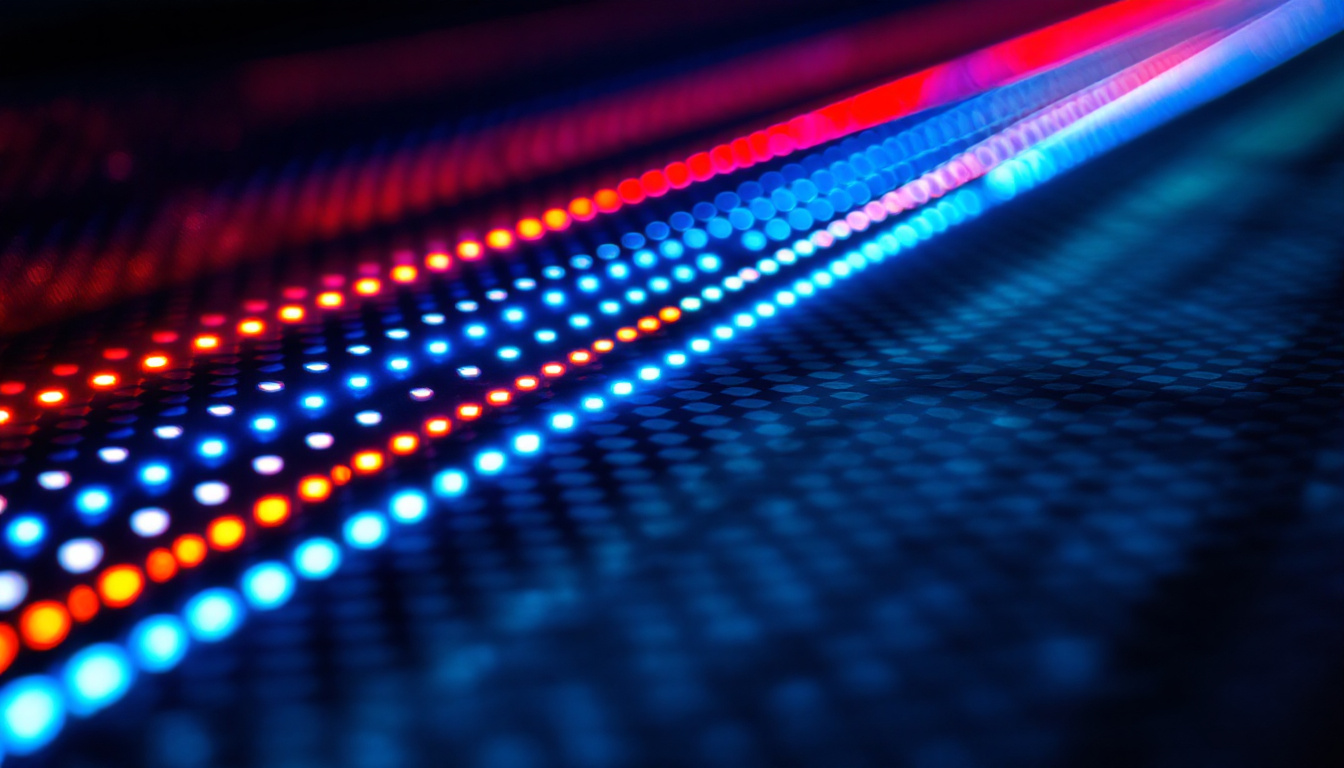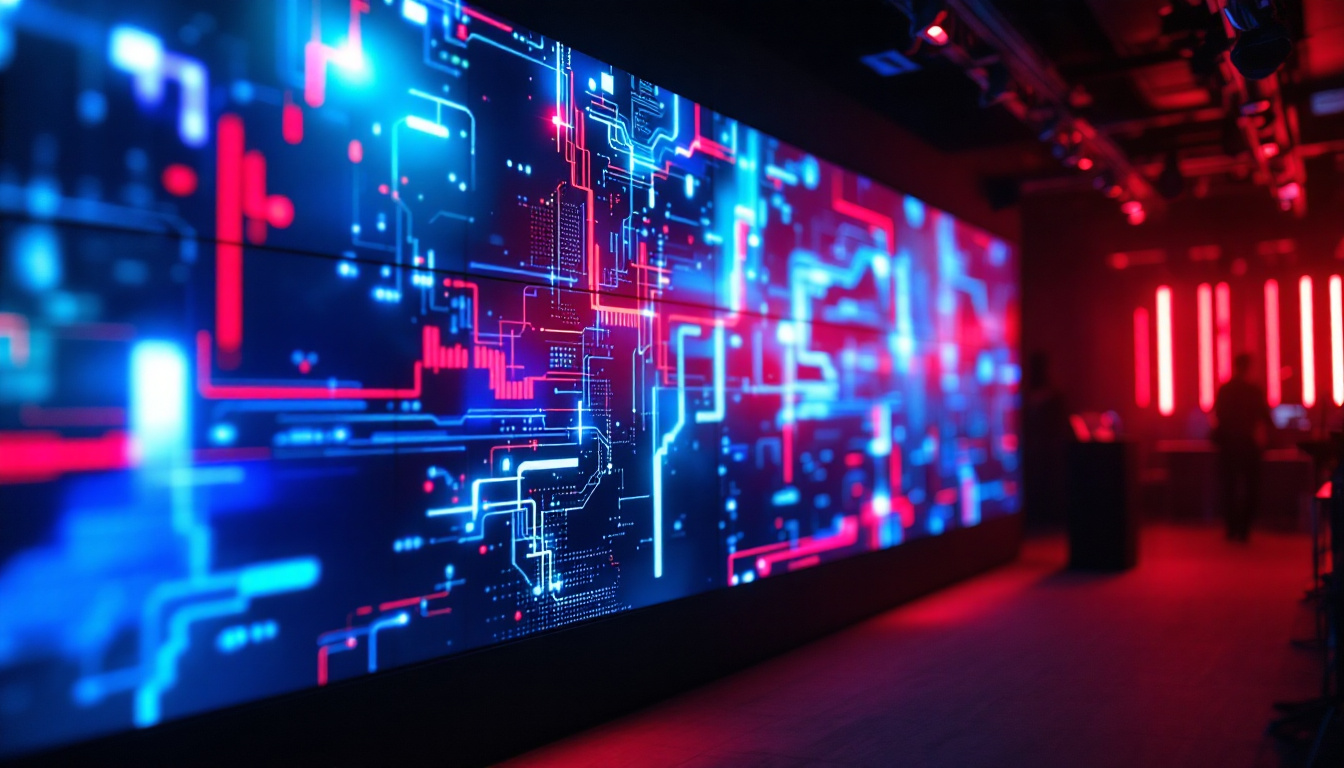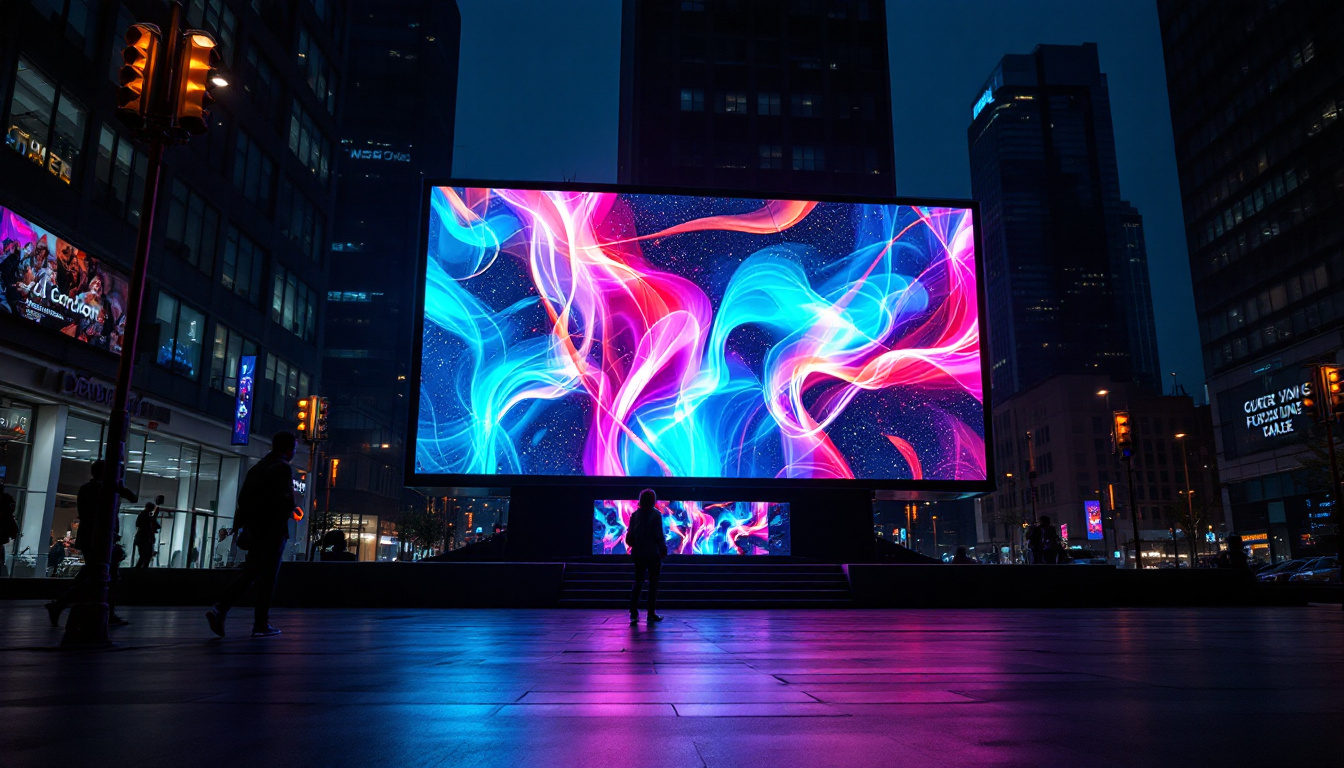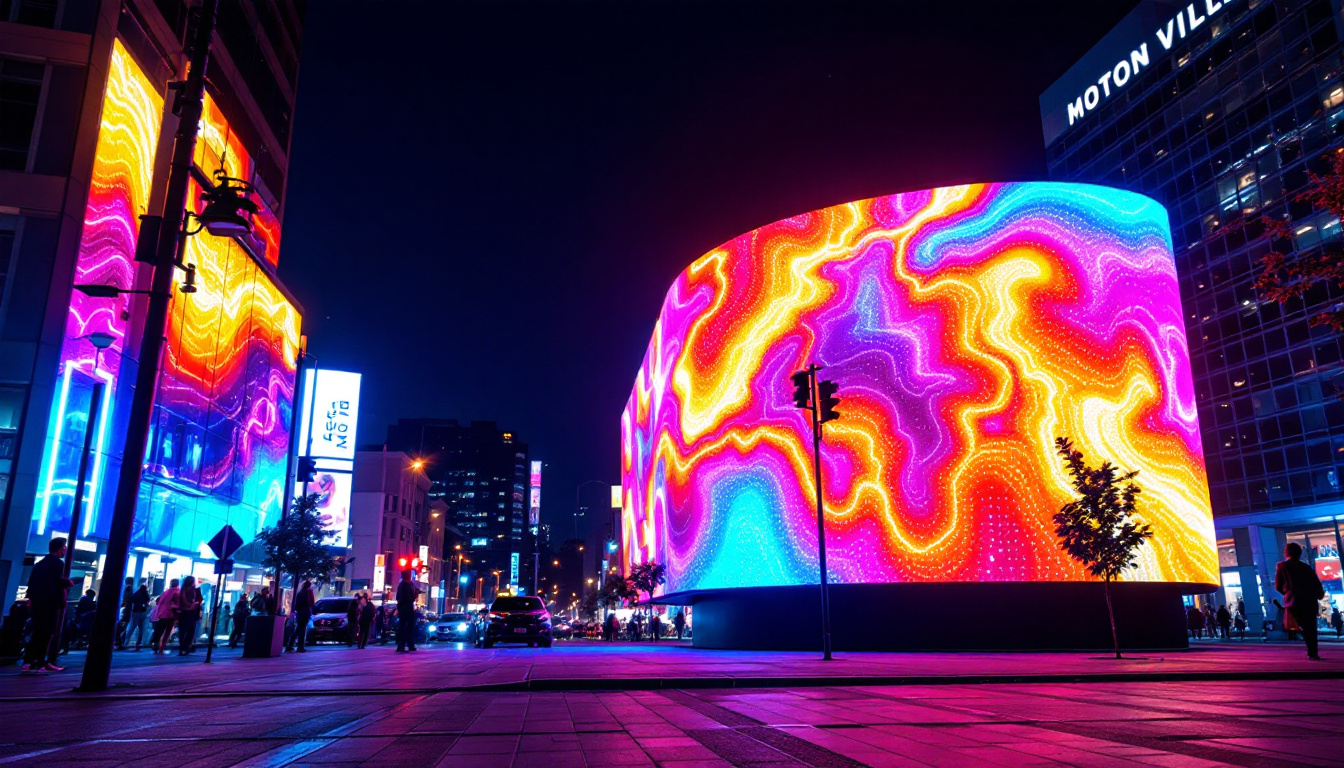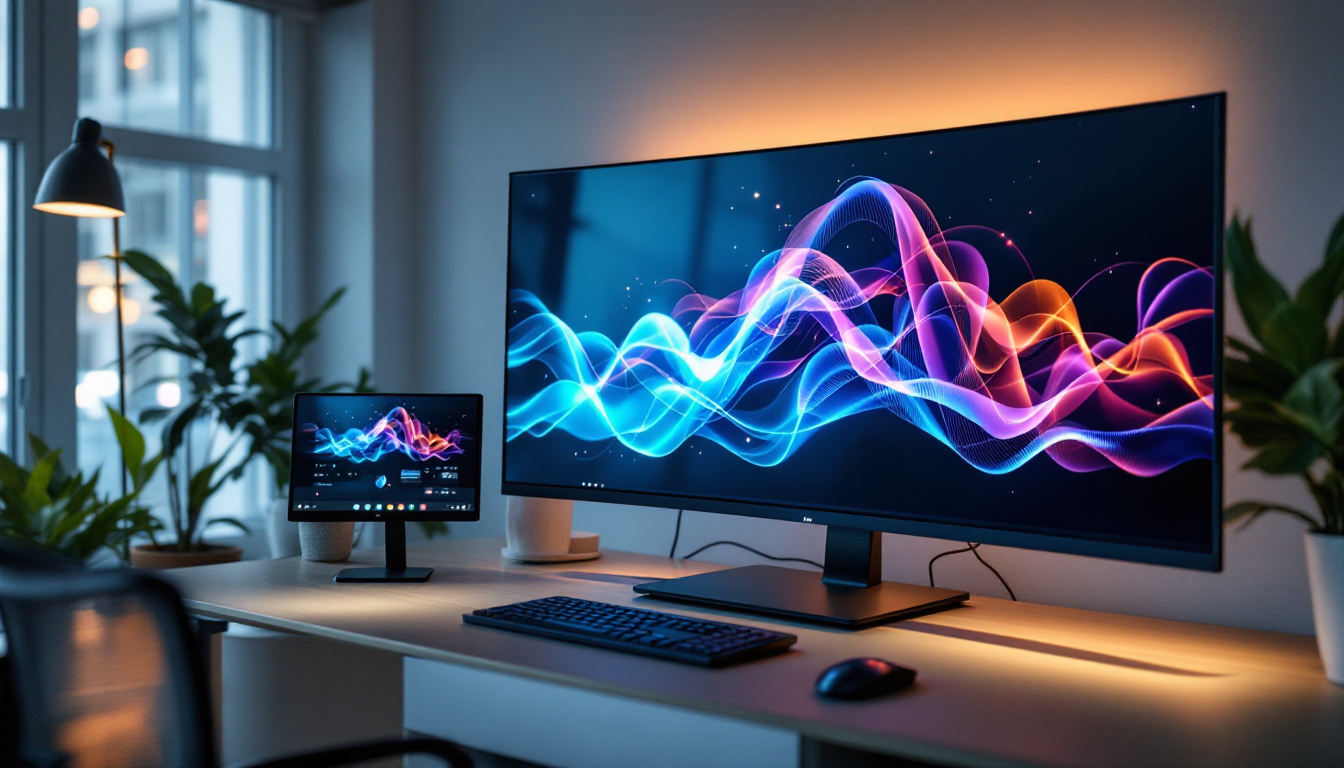In the modern world, visual communication has become increasingly important. Businesses are constantly seeking innovative ways to capture attention and convey messages effectively. One of the standout technologies that have emerged in this realm is LED displays. This article delves into the intricacies of LED displays, their applications, advantages, and how they are revolutionizing the way information is presented in showrooms and beyond.
Understanding LED Technology
LED, or Light Emitting Diode, is a semiconductor device that emits light when an electric current passes through it. This technology has advanced significantly over the years, leading to the development of vibrant and energy-efficient displays. Unlike traditional lighting sources, LEDs are compact and can produce a wide range of colors, making them ideal for display applications. The longevity of LEDs is another remarkable feature; they can last up to 25 times longer than incandescent bulbs, which not only reduces replacement costs but also minimizes waste in landfills.
The Basics of LED Displays
LED displays consist of numerous individual LED lights arranged in a grid. Each light can be controlled independently, allowing for the creation of dynamic images and videos. The resolution of an LED display is determined by the number of pixels it contains; higher pixel density results in clearer images. These displays can be categorized into two main types: direct view and backlit. Direct view displays are often used in environments where high visibility is crucial, such as sports arenas and concert venues, while backlit displays are typically found in devices like televisions and computer monitors, providing uniform brightness across the screen.
Types of LED Displays
LED displays come in various forms, each suited for specific applications. The most common types include:
- Indoor LED Displays: These are designed for use in enclosed spaces, such as shopping malls and conference rooms. They typically have a higher pixel density for clearer images at close range. Indoor displays are often used for advertising, presentations, and entertainment, providing a vibrant visual experience that captures attention.
- Outdoor LED Displays: Built to withstand harsh weather conditions, outdoor displays are brighter and have lower pixel density. They are commonly used for billboards and large public advertisements. These displays often incorporate advanced technologies to enhance visibility in direct sunlight, ensuring that messages remain clear and impactful regardless of the weather.
- Transparent LED Displays: These innovative displays allow light to pass through, making them ideal for storefronts where visibility is essential. By blending seamlessly with their surroundings, transparent displays provide an eye-catching way to showcase products while maintaining an open and inviting atmosphere.
In addition to these types, there are also specialized LED displays such as flexible LED screens, which can be bent or shaped to fit unique spaces, and high-definition LED displays that offer superior image quality for professional applications. The versatility of LED technology continues to inspire new designs and uses, from art installations to interactive displays, pushing the boundaries of how we communicate visually in both public and private spaces.
Applications of LED Displays
LED displays have found their way into a multitude of industries, transforming the way businesses communicate with their audiences. From retail to entertainment, the versatility of LED technology is evident.
Retail Environments
In retail settings, LED displays serve as powerful marketing tools. They can showcase promotional content, highlight new products, and create immersive shopping experiences. The ability to change content dynamically allows retailers to respond quickly to market trends and customer preferences.
Moreover, the eye-catching visuals of LED displays can significantly enhance brand visibility. By strategically placing these displays in high-traffic areas, businesses can attract potential customers and drive foot traffic into their stores. The integration of interactive features, such as touch screens or QR codes, can further engage shoppers, providing them with personalized experiences and instant access to product information or special offers.
Furthermore, LED displays can be utilized for storytelling, allowing brands to convey their message in a visually compelling manner. For instance, a fashion retailer might use a series of LED screens to showcase the journey of a product from design to production, creating a deeper connection with consumers and enhancing brand loyalty.
Entertainment and Events
The entertainment industry has embraced LED technology for concerts, festivals, and sporting events. Large-scale LED screens are often used to display live feeds, advertisements, and engaging visuals that enhance the overall experience for attendees.
Additionally, LED displays can be used creatively in stage design, allowing for dynamic backdrops that change throughout a performance. This capability not only captivates audiences but also adds a layer of professionalism to events. The flexibility of LED technology allows for intricate designs and animations that can synchronize with music and performances, creating a multi-sensory experience that leaves a lasting impression.
Moreover, LED displays can facilitate audience interaction through social media integration, where fans can see their posts or tweets displayed in real-time during an event. This not only fosters a sense of community among attendees but also encourages more engagement on digital platforms, amplifying the event’s reach beyond the physical venue.
Public Information Systems
LED displays play a crucial role in public information systems, such as transportation hubs and municipal buildings. They are used to convey real-time information, including train schedules, flight updates, and emergency announcements. The clarity and brightness of LED displays ensure that information is easily readable, even from a distance.
In addition to their functionality, LED displays can enhance the aesthetic appeal of public spaces. For example, in urban environments, large LED screens can serve as digital canvases for art installations or community messages, fostering a sense of local identity and engagement. This not only beautifies the area but also transforms mundane waiting times into opportunities for cultural enrichment.
Furthermore, the adaptability of LED displays allows them to be utilized for various campaigns, such as public health announcements or civic engagement initiatives. By providing timely and relevant information, these displays can play a pivotal role in keeping communities informed and connected, ultimately contributing to a more informed public.
Advantages of LED Displays
The growing popularity of LED displays can be attributed to their numerous advantages over traditional display technologies. Understanding these benefits can help businesses make informed decisions about their visual communication strategies.
Energy Efficiency
One of the most significant advantages of LED displays is their energy efficiency. Compared to traditional incandescent bulbs, LEDs consume significantly less power, resulting in reduced energy costs. This efficiency not only benefits the environment but also offers long-term savings for businesses.
Longevity and Durability
LED displays are known for their longevity. With a lifespan of up to 100,000 hours, they outlast many other display technologies. This durability makes them a cost-effective investment, as they require less frequent replacements and maintenance.
High-Quality Visuals
The visual quality of LED displays is another compelling reason for their popularity. They offer vibrant colors, high contrast ratios, and excellent brightness levels. This ensures that content is displayed clearly, even in bright ambient light conditions. The ability to produce high-definition images and videos makes LED displays ideal for a wide range of applications.
Challenges and Considerations
While LED displays offer numerous advantages, there are also challenges and considerations that businesses must address when implementing this technology.
Initial Investment Costs
The initial investment for LED displays can be substantial, particularly for large installations. Businesses need to weigh the upfront costs against the long-term savings and benefits. It’s essential to conduct a thorough cost-benefit analysis to determine if LED displays are a viable option for specific needs.
Content Management
Another challenge lies in content management. To maximize the effectiveness of LED displays, businesses must create engaging and relevant content. This requires a dedicated strategy and resources to ensure that the content is updated regularly and aligns with marketing goals.
Technical Expertise
Implementing and maintaining LED displays may require technical expertise that some businesses lack. This can lead to additional costs for training staff or hiring external professionals. Understanding the technical requirements and ensuring proper installation is crucial for optimal performance.
Future Trends in LED Display Technology
The future of LED display technology is promising, with continuous advancements paving the way for even more innovative applications. Several trends are emerging that will shape the landscape of LED displays in the coming years.
Smart LED Displays
As technology continues to evolve, smart LED displays are becoming increasingly popular. These displays can be integrated with IoT (Internet of Things) devices, allowing for real-time data updates and interactive content. Businesses can leverage this technology to create personalized experiences for their audiences, enhancing engagement and customer satisfaction.
Flexible and Curved Displays
Flexible and curved LED displays are gaining traction in various industries. These displays can be shaped to fit unique spaces, allowing for creative installations that were previously impossible. This adaptability opens up new possibilities for branding and advertising, enabling businesses to stand out in competitive markets.
Environmental Sustainability
With growing concerns about environmental sustainability, manufacturers are focusing on creating eco-friendly LED displays. This includes using recyclable materials and reducing energy consumption. Businesses that prioritize sustainability can enhance their brand image while contributing to a greener future.
Conclusion
LED displays have transformed the landscape of visual communication, offering businesses an effective way to engage their audiences. With their energy efficiency, longevity, and high-quality visuals, LED displays are becoming an essential component of marketing strategies across various industries.
While there are challenges to consider, the benefits of LED technology far outweigh the drawbacks. As advancements continue to emerge, the future of LED displays looks bright, promising even more innovative applications that will further enhance how information is shared and experienced.
In a world where attention is a precious commodity, investing in LED displays can provide businesses with a competitive edge, ensuring their messages are seen and heard in an increasingly crowded marketplace.
Discover LumenMatrix LED Display Solutions
Ready to elevate your visual communication strategy with cutting-edge LED technology? LumenMatrix is at the forefront of innovation, offering a diverse range of LED display solutions tailored to your unique needs. From Indoor and Outdoor LED Wall Displays to specialized options like Vehicle, Sports, and Floor LED Displays, our products are designed to captivate your audience and amplify your message. Experience the transformative power of our Custom, All-in-One, and Transparent LED Displays. Check out LumenMatrix LED Display Solutions today and see how we can help you create unforgettable visual experiences.

